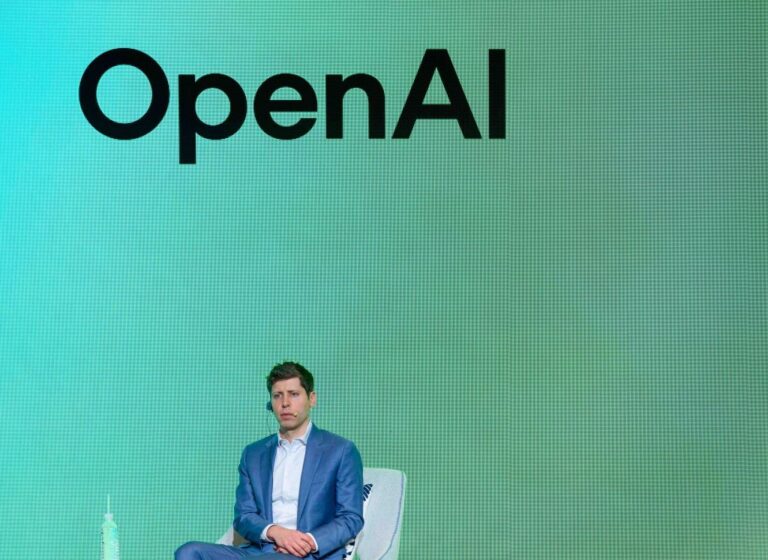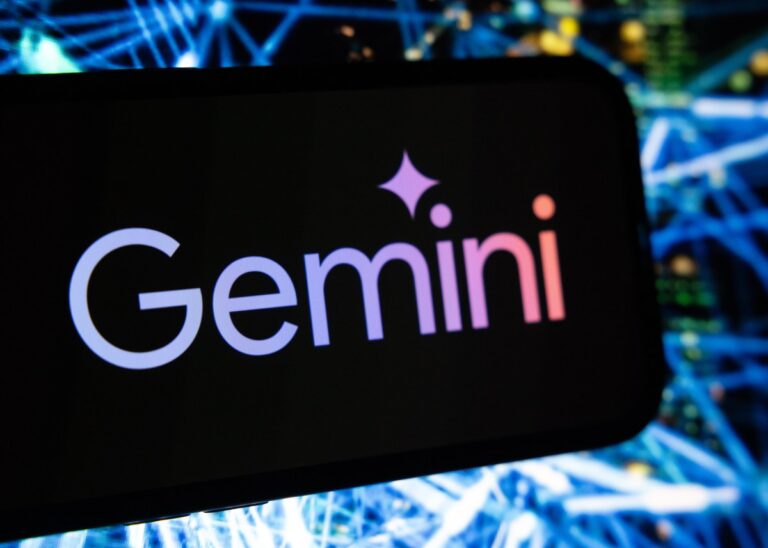Unlocking the Power of the Hottest AI Models: Applications, Benefits, and How to Use Them Effectively
In the ever-evolving world of artificial intelligence (AI), keeping track of the latest AI models can be a daunting task. As companies large and small, from industry giants like Google to innovative startups like OpenAI and Anthropic, churn out new models at an astonishing rate, users often find it challenging to determine which models best suit their needs. This article serves as a comprehensive guide to the most advanced AI models released since 2024, detailing their functionalities, advantages, and subscription requirements.
Overview of Advanced AI Models
As of 2025, the landscape of AI models is vast, with platforms like Hugging Face hosting over 1.4 million unique models. Below, we explore some of the standout AI models that have made waves in the tech community.
AI Models Released in 2025
- OpenAI o3-mini: Designed for STEM tasks, this model is smaller and more cost-effective, available for free with subscription options for heavy users.
- OpenAI Deep Research: Available with a $200/month ChatGPT Pro subscription, this model is ideal for in-depth research with precise citations, though it may face issues with inaccuracies.
- Mistral Le Chat: A multimodal AI personal assistant that boasts quick responses and a paid version featuring up-to-date journalism; however, it has a higher error rate compared to competitors.
- OpenAI Operator: This AI acts as a personal intern for various tasks, requiring a $200 ChatGPT Pro subscription, but is still in experimental stages.
- Google Gemini 2.0 Pro Experimental: A powerful coding and knowledge model with a vast context window, requiring a minimum $19.99/month Google One AI Premium subscription.
AI Models Released in 2024
- DeepSeek R1: An open-source model from China that excels in coding and math but includes government censorship features.
- Gemini Deep Research: Summarizes Google search results for quick reference, though its reliability falls short of peer-reviewed papers.
- Meta Llama 3.3 7B: The latest in Meta’s Llama series, praised for efficiency in math and knowledge tasks, this model is free and open source.
- OpenAI Sora: A video generation model that creates scenes from text but may struggle with realistic physics; available on paid ChatGPT versions starting at $20/month.
- Alibaba Qwen QwQ-32B-Preview: Competing with OpenAI’s models in industry benchmarks, it faces scrutiny due to censorship and privacy concerns.
- Anthropic’s Computer Use: A beta model designed to automate tasks on your computer, with pricing based on token usage.
- x.AI’s Grok 2: An improved chatbot that is faster and includes a new image generation feature, though free users have limited access.
- OpenAI o1: Focused on delivering better responses via hidden reasoning, available through ChatGPT Plus at $20/month.
- Anthropic’s Claude Sonnet 3.5: Known for its coding prowess, accessible for free with a subscription option for heavy users.
- OpenAI GPT 4o-mini: The most affordable model aimed at high-volume tasks, available in the free tier of ChatGPT.
- Cohere Command R+: Excelling in Retrieval-Augmented Generation applications, although it does not completely resolve the AI hallucination issue.
Conclusion
The rapid development of AI models presents both opportunities and challenges for users looking to leverage these technologies. With various models catering to specific tasks and user needs, it’s crucial to stay informed about the latest advancements. For ongoing updates and a deeper dive into AI technologies, visit TechCrunch.







